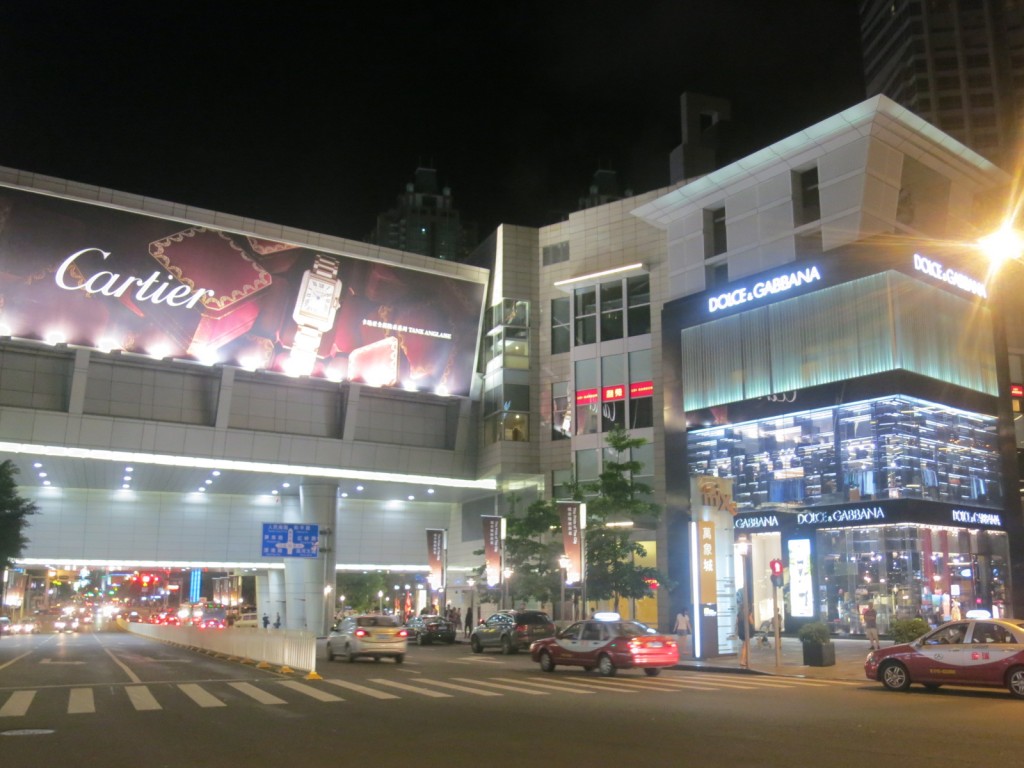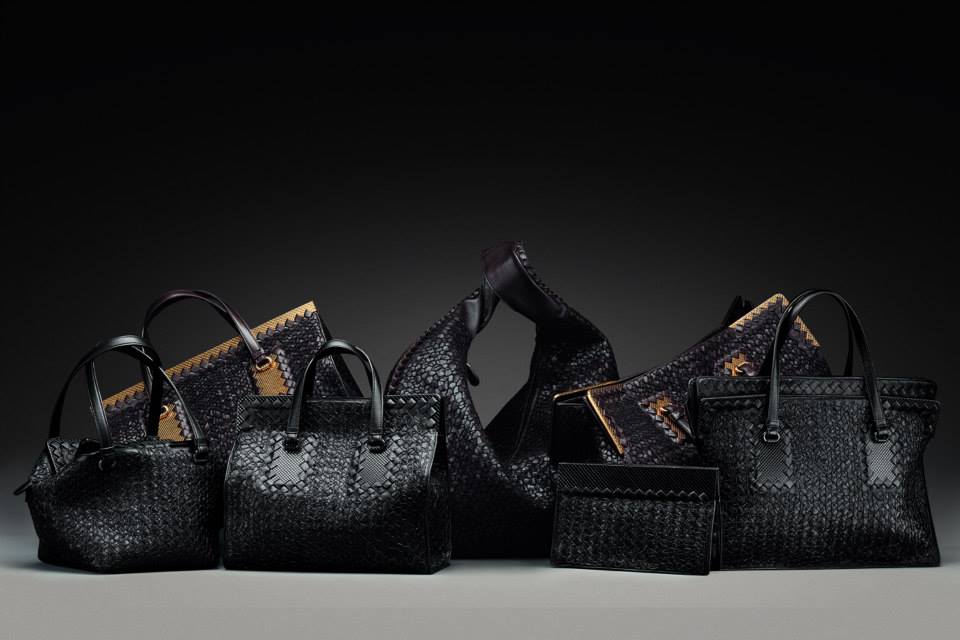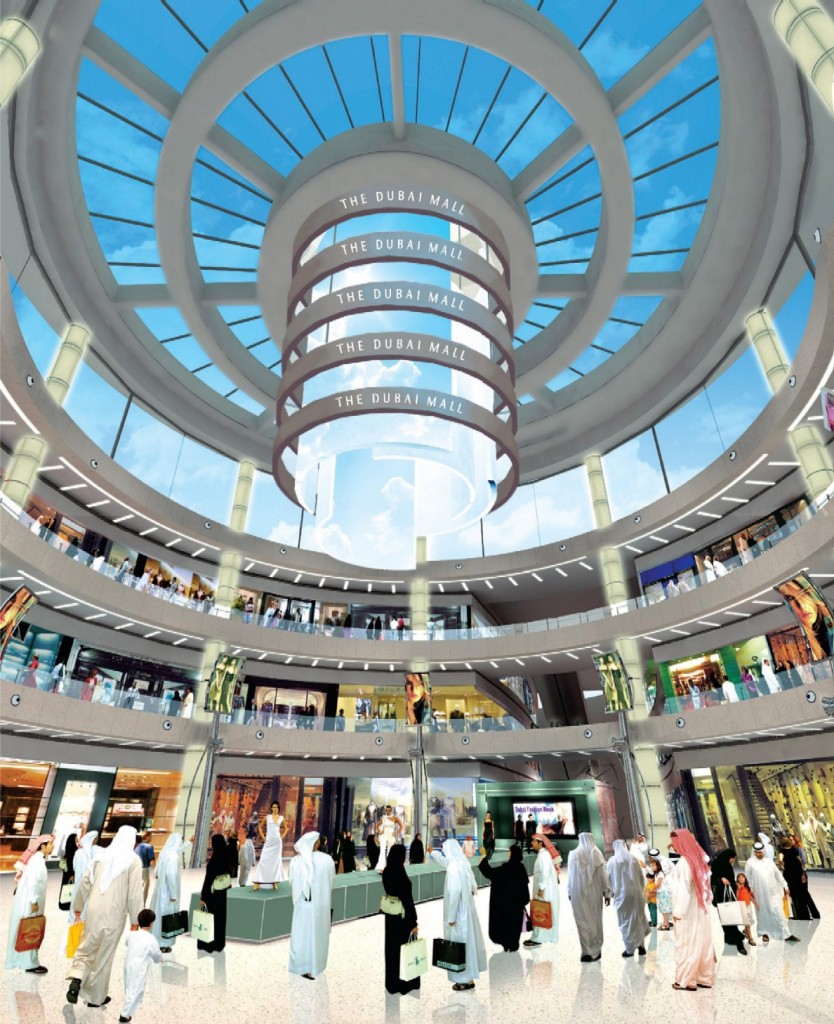Reversing the trend of recent years, the Americas region is the king of the luxury goods spending hill, estimated to grow at four percent in 2013 versus 2012, surpassing the estimated 2.5 percent growth rate for China, as luxury spending in that country moderates, according to the 12th Edition of Bain’s Luxury Goods Worldwide Market Study, in partnership with Altagamma. A steady pace of store openings in second-tier cities in the U.S. interior has fueled sales growth in the U.S.
Online luxury sales continue to grow faster than the rest of the market, turning in 28 percent annual growth for the year and reaching close to 10 billion Euros, nearly five percent of total luxury sales and larger than luxury revenues for all of Germany. In online sales, shoes are the top-performing category. Bain identified this level of online penetration as a point where brands have to treat their online channel as a seamless part of their overall channel strategy, rather than an incidental source of additional revenue.
Overall worldwide, luxury goods spending will grow by two percent to €217 billion at current exchange rates over 2013, as challenging economics in Europe continue and as China shifts from market expansion to network maintenance of major luxury brands which entered China over the past several years. However, it is important to note that the growth figure masks a significant impact from exchange rates. At constant exchange rates, market growth would have reached six percent for the year, compared to five percent in 2012. The devaluation of the yen is responsible for over half of this year’s gap.
“The hypergrowth of recent years was destined to moderate,” said Claudia D’Arpizio, a Bain partner in Milan and lead author of the study.
“The silver lining for luxury brands is that they can now change their focus from keeping up with the present to planning for the future.”
“The luxury goods market is becoming more and more complex and, in some aspects, starting to look like more competitive industries such as fast-moving consumer goods. Brands find themselves having to adapt by bringing in the level of detailed customer insight that food or drink brands need to drive growth,” concluded D’Arpizio. “While still showing steady, if not extravagant growth, brands are adjusting to a new set of scientific tools in order to keep creativity and product excellence at the center of their strategies and organizations.”
Beyond the Americas, Bain’s study also surfaces significant regional differences in the luxury market:
- Europe will see two percent growth, with increasing spending by tourists counteracting slower spending by European nationals. Tourist spending now drives half of revenues in Italy, 55 percent of revenues in the U.K., and 60 percent of revenues in France.
- Japan will experience a 12 percent decline. Although in real terms, Japanese consumption increased by nine percent after a long period of stagnation, the sharp depreciation of the yen imposed a steep penalty on the final revenues for luxury brands, even while consumers are responding well to brands’ offerings.
- Greater China’s growth of four percent includes a split in performance between the Mainland, which will grow at 2.5 percent, and Hong Kong and Macau, which increasingly capture Chinese spending as the nearest-to-home touristic markets.
Overall, Chinese consumers have increased from 25 percent to nearly 30 percent of the luxury market, including local luxury consumption, and purchases made by tourists abroad.
- Southeast Asia has become the rising star of the Asia Pacific region, with growth of 11 percent, not only in its historic core of Singapore but in Malaysia, Indonesia, Vietnam, and Thailand, as well.
- The Middle East remains relatively strong, with five percent growth. Sales remain strong in Dubai as well, while Saudi Arabia is also gaining share to become the region’s second largest luxury market Africa is increasingly demonstrating its attractiveness as a high-potential region, with 11 percent growth and expansion into new markets such as Angola and Nigeria beyond its traditional strongholds of Morocco and South Africa.
In addition, Bain’s “Luxury Goods Worldwide Market Study” finds accessories, including leather goods and shoes, have definitively become the largest segment, growing four percent for 2013 to reach 28 percent of total revenues. By contrast, apparel is now a quarter of the market, growing at one percent. Hard luxury and perfumes and cosmetics will finish up 2013 with two percent growth. Beyond personal luxury goods, Bain’s analysis and forecasts for luxury cars, wine and spirits, hotels, in-home and out-of-home food, home furnishings, and yachts all show growth, with luxury cars, wine and spirits, and hotels outpacing personal luxury goods and leading to an overall 2013 market of €800 billion of affluent spending, up six percent over 2012. This figure is on track to approach €1 trillion within the next five years.
Finally, Bain’s study underlines that in the long run, Italian brands have gained the largest market share of luxury sales, moving from 21
percent in 1995 to 24 percent today, nearly equaling French brands’ share of 25 percent. But in a consolidating market, French conglomerates are a driving force, owning 29 percent of the market compared to 25 percent in 1995.




